How to Plan a Trip to New Zealand
New Zealand has a fruitful abundance of untamed wilderness and a rich culture. The country boasts natural hot springs, soaring coastlines, ancient glaciers, dense native forests and mist-cloaked fjords. Here’s How to Plan a Trip to New Zealand.
New Zealand has tremendous wild beauty for you to discover, and there’s certainly no shortage of activities. From whale-watching to wine-tasting, there’s seriously something for every type of traveller.
Look no further than this New Zealand Destination Guide for everything you need to know.
8-Step Planning Checklist
Before you can take the full plunge, work your way through these eight simple steps. Whether you’re planning for the summer, spring, winter or autumn, planning a trip to New Zealand couldn’t be easier!
Follow this checklist to begin the adventure of a lifetime!
Step 1: Determine the Destination Country & Cities
Step 2: Decide on the Trip Duration
Step 3: Figure out When is the Best Time to Visit
Step 4: Create a Travel Budget
Step 5: Book Your Accommodation (preferably 3 to 4 months in advance)
Step 6: Research & Organise Transport & Activities
Step 7: Get Your Documents in Order (Visa, Passport & Travel Insurance)
Step 8: Nail the Process with this Packing List
Best Time to Visit New Zealand
If you want to know how to plan a trip to New Zealand, one of the most important factors to consider is the weather and season you visit. This Polynesian paradise has diverse landscapes, from mountains and beaches to forests and fjords.
Situated in the Southern Hemisphere, this country experiences opposite seasons to those of the Northern Hemisphere, so keep this in mind when planning your trip. The best time to visit New Zealand depends on your travel preferences and what you plan on doing. Here's everything you need to know about the best time to go.
Summer (December to February): The high season boasts warm temperatures and longer days, making it suitable for outdoor activities. If you’re interested in hiking, kayaking, sailing, camping and enjoying the water sports scene, you really can’t beat the summer season. These months are fit for exploring the jagged coastlines and lush greenery, and you can bask in crisp warm days and long summer evenings.
Autumn (March to May): With mild temperatures, vibrant foliage and far fewer crowds, the off-season is a chance to see New Zealand like never before. Autumn is also ideal for hiking, wine tasting and scenic drives through the lyrical landscapes. If you’re a budget traveller, this is one of the best times to visit New Zealand.
Winter (June to August): Notorious for its cooler temperatures, particularly in the South Island, the winter sheds a different light on the country. This is the ideal season for skiing, snowboarding and winter sports enthusiasts. During the winter, snow graces the mountain peaks, and people flock to glimpse the country’s best skiing destinations and awe-inspiring glaciers. Compared to the South Island’s ski resorts, the North Island, on the other hand, experiences milder winters with infrequent rain.
Spring (September to November): Boasting mild temperatures, blooming flowers, thundering waterfalls and waves of newborn wildlife, the spring season is one of the best times to visit New Zealand. With weather that’s fit for hiking, kayaking and nature strolls, this is the ultimate time for adventure enthusiasts. In the off-season, you can expect fewer people and more affordable accommodation, airfare and activities prices.
Language
New Zealand is home to two official languages. English is the predominant language spoken throughout the country. However, the Māori language is commonly taught in schools and used in the media.
Best Things to Do in New Zealand
If you’re planning the trip of a lifetime, New Zealand is nestled with a nuance of finds. This country oozes natural splendour from the misty mountain tops to the crashing coast. Here are the best things to do in New Zealand.
Aoraki/Mount Cook National Park
Aoraki, or Mount Cook National Park, is a protected area that is home to New Zealand’s tallest mountain and longest glacier.
With an array of picturesque turquoise lakes, the region is jam-packed with stunning natural beauty. If you’re wondering how to plan a trip to New Zealand, put Mount Cook at the top of your bucket list!
It has some of the best mountaineering in Australasia, with many advanced and beginner hiking trails. Be sure not to miss the Ohau Mountain Ranges, the scenic Lake Pukaki, and the so-called Elephant Rocks.
There are even opportunities to view the monumental Tasman Glacier by boat, heli-hiking or skiing.
Lake Tekapo
Lake Tekapo boasts seemingly-endless sweeping plains and soaring mountains, with a killer coastline and striking glacial lakes.
But what makes Lake Tekapo so damn unique is that this area has the darkest and clearest night skies.
It’s home to the International Dark Sky Reserve, the Southern Hemisphere’s sole reserve and one of only eight worldwide. This is a stargazing experience; the views will blow your mind. Top tip: If you visit during the winter, you can catch the Aurora Australis, also known as the Southern Lights.
Fiordland National Park
Fiordland National Park is known for the ever-so-impressive Milford Sound, Mitre Peak, Doubtful Sound and the Mirror Lakes. Milford Sound, in particular, has a wealth of thunderous waterfalls, ancient fjords, snow-capped peaks with seals, their pups and penguins frolicking around.
Fiordland National Park is a must-see if you’re considering how to plan a trip to New Zealand. If you love trekking, there’s the Milford Track, a famed hiking trail through the various inlets and well-preserved landscapes.
Mount Aspiring National Park
Located just north of Fiordland National Park lies the picturesque Mount Aspiring National Park. Straddling the end of the Southern Alps, Mount Aspiring National Park is not only home to well-preserved natural landscapes that form a part of the Te Wahipounamu World Heritage site, but it’s also a hot spot for adventure junkies too.
Mount Aspiring National Park is ideal for skiing, snowboarding, sailing, jetboating, kayaking, skydiving and even canyoning.
Prominent sights include Mount Aspiring, Haast Pass, the Routeburn Track, Fantail Falls, Thunder Creek Falls, and the Dart River/Te Awa Whakatipu.
Nelson Lakes National Park
Nelson Lakes National Park is a protected glacial landscape that winds through towering mountains, with scenery sure to satisfy your soul. Feast your eyes upon some of the bluest water the region offers at Blue Lake or the renowned Lake Constance.
If you’re heading here in winter, check out the snow-capped mountain tops mirrored upon the mesmerising Lake Angelus. Head up to the Saint Arnaud Range or Mount Robert for avid hikers.
Tongariro National Park
Tongariro National Park is a dual World Heritage-listed site that highlights its ancient volcanic landscape with simmering lava flows and steam vents, a gigantic active crater, emerald-coloured lakes and all-around killer views.
The renowned Mount Tongariro is a volcanic peak and literal hiking hot spot. If you’re wondering how to plan a trip to New Zealand, this gem is a bucket list activity.
Be sure you don’t miss the Tongariro Alpine Crossing, which, as the name suggests, is a route through volcanic alpine terrain.
The Tongariro Alpine Crossing is perfect for conquering during the day, with a 19km hike leading to some seriously spectacular views of Lake Taupo and the Ruapehu region.
Abel Tasman National Park
The Abel Tasman National Park is a coastal paradise and wilderness reserve known for the Abel Tasman Coast Track, which winds through beaches and ridges between Marahau and Wainui. At Separation Point, you’ll find the famous fur seal colonies. Head to the Tonga Island Marine Reserve for blue penguins, bottlenose dolphins, and more seals.
Look for the eccentric Split Apple Rock, the Ngarua Caves, and Wainui Falls. If you’re seeking a more immersive experience, I’d recommend camping overnight at the Totaranui Camping Area, which also has excellent beach access.
Westland Tai Poutini National Park
Westland Tai Poutini National Park is a UNESCO-listed site with icy glaciers, lofty mountains and forested slopes. Lake Matheson is nestled amongst the dense forest, and it’s well and truly famous for its mirror views of Aoraki/Mount Cook. Apart from the notorious ancient valleys at Franz Josef Glacier, there’s also the Fox Glacier, which is situated roughly 15 minutes to the south.
Adrenaline-feens, this is where you want to be. There’s ice-climbing, parachuting, and heli-hikes too. Even in the summer, with clear skies and little rain, the Westland Tai Poutini National Park is something you simply can’t miss.
Marlborough Sounds
If you’re wondering how to plan a trip to New Zealand, put the Marlborough Sounds at the top of your bucket list! Marlborough Sounds is a collection of prehistoric sunken river valleys that expands for over 1500m of coastline. Boasting steep, forested hills, sandy bays and intricately sheltered inlets, not only is the region a haven for wildlife, but the Marlborough Sounds also offer a multitude of boat tours, kayaking and other activities.
The Sounds are also quite popular for hiking and biking, so if you love to sweat it out, head to The Queen Charlotte Track, a trail that winds through native forest and sheer mountain ridges, spanning over 70km.
New Zealand is bursting with copious national parks perfect for exploring, with distinctively dense forests, numerous thrilling activities and immersive wilderness experiences. I could go on and on, but if you’ve got some extra time, head to Kahurangi National Park, Paparoa National Park, Waitakere Ranges, Kuirau Park, Karangahake Gorge, and the Banks Peninsula.
Fortunately, there’s no shortage of hiking opportunities in New Zealand. If you love that enchanting feeling of conquering a challenging trek up a volcano, have a suss of the ample trails in Mount Ruapehu, Mount Taranaki, Mount Ngauruhoe, Roys Peak and Mount Tarawera.
Bay of Islands
Located in the north of New Zealand, the Bay of Islands encompasses more than 140 subtropical islands that are unspoilt and well-preserved.
There’s an eclectic array of golden sandy beaches with turquoise waters, traditional Maori sites with towering Kauri trees, fishing and kayaking opportunities, and even dolphin spotting.
Be sure to visit the historic Waitangi Treaty Grounds, Motukoako Island, and Urupukapuka Island.
Waiheke Island
Located near Auckland, Waiheke Island is known for its sweeping beaches, olive groves, and many happening vineyards.
This island showcases some of New Zealand's finest wines too, so if you love your grog, you’ll want to make your way to Waiheke Island.
Cathedral Cove
Te Whanganui-A-Hei Marine Reserve is home to a naturally formed archway where you can swim, snorkel, sail, kayak, and get some harsh sun on your buns. The best part? Cathedral Cove is relatively off-the-beaten-track. You can access Cathedral Cove from Hahei Beach. Simply follow the coastal trail to the cove.
If you’re heading to Te Whanganui-A-Hei Marine Reserve, don't miss out on Mares Leg Cove, the Smiling Sphinx Rock, Stingray Bay, and Gemstone Bay.
Hot Water Beach
If you plan a trip to New Zealand, you don’t want to miss this gem! Situated just 10 minutes from Cathedral Cove lies the infamous Hot Water Beach. With natural thermal springs running under the sand, you can dig yourself into a natural hot pool. Not too shabby if you ask me!
Rotorua
If you’re thinking about how to plan a trip to New Zealand, this destination is worth adding to your itinerary. Rotorua is known for its Maori culture, geothermal hot spots, bubbling mud pools and hot springs. There’s a multitude of mountain biking trails that are dotted with enormous Redwood Trees.
Rotorua is home to Waimangu Volcanic Valley, a protected, lush destination with volcanic craters and the world’s largest hot spring. Don’t miss Mount Tarawera and Kuirau Park too. We spent about two days exploring Rotorua, and I’ve got to say apart from skydiving in Canterbury, it was one of the biggest highlights of the trip.
Wai-O-Tapu Thermal Wonderland
As the name suggests, this place is a literal wonderland. Wai-O-Tapu is a colour-splashed geothermal reserve naturally sculpted over thousands of years. The diverse Geothermal Area, Champagne Pool, Mud Pool and the Lady Knox Geyser shoots up 10-20 metres.
I was beyond blown away by the ancient history and eclectic array of vibrant colours, and I’m more than sure that you will be too. One thing is for sure; a specific smell graces the region, similar to that of eggs. Prepare yourself.
Te Puia
Te Puia is the centre for Māori cultural experiences, a geothermal valley and the Rotorua geysers. You can learn about Māori culture, history and traditions in Te Puia and see cultural performances and art.
Located just 35km south of Rotorua lies Kerosene Creek. This is where hot springs and freshwater collide, making for an incredible bathing experience. Close by is the Whakarewarewa Forest trails, where there’s a geyser, and natural hot springs, among various mountain biking opportunities to discover.
Polynesian Spa
If you’re looking to kick back and relax, check out the hot pools in Polynesian Spa, located on Lake Rotorua's shores.
Best Activities in New Zealand
If you’re searching for the top-rated attractions in New Zealand, look no further. Here is the best of what New Zealand has to offer:
Where to Stay in New Zealand
Nestled with a nuance of nonpareil natural splendour, New Zealand’s accommodation scene is just as diverse as its landscape. Woven with many accommodation options tailored to different preferences and budgets, you’ll find everything from farmhouse stays and petite yurts to rural retreats and eco-friendly villas.
If you want to know how to plan a trip to New Zealand, consider the location, proximity to attractions and your budget. It's advisable to book in advance, especially if you want to visit during the peak travel periods. Here's everything you need to know about where to stay in New Zealand.
Auckland
Auckland, the largest city in New Zealand, has a natural multicultural feel.
A diverse array of pursuits are on offer on the North Island. Whether it’s skydiving, sightseeing or wine-tasting that appeals to you, Auckland has something to satisfy every traveller.
With plenty of open spaces, a bustling nightlife, restaurants, trendy bars and cafes, you can bet your bottom dollar this city is pumping! If you’re planning a trip to New Zealand, Auckland is the most ideal place to stay for first-timers.
Many backpacker accommodations, Airbnb’s, hostels, and budget-friendly options exist.
Christchurch
Christchurch is a lively area with most of the bars and nightclubs in the heart of the city. This gem is known for its English heritage, stately architecture and perfectly-manicured gardens. If you want to plan a trip to New Zealand for the first time, you could consider staying in Christchurch for a unique experience.
As the largest city in the South Island, Christchurch offers plenty of backpacker options and hostels. Some grand villas and lodges are also fit for families and couples.
Queenstown
Situated on the South Island, Queenstown has many world-class wineries and a vibrant town nightlife. Encapsulated by sublime mountain tops and the picture-perfect Lake Wakatipu, many activities such as jet boat rides, skiing, river rafting, and bungy jumping are on offer. If you want to plan a trip to New Zealand, Queenstown is an ideal place to stay for adventure lovers. There’s lots of luxury and exclusive accommodation, making it a suitable choice for families and couples.
Rotorua
Rotorua is a vast area home to many natural wonders, geysers and hot springs. Known for its thriving Maori culture and geothermal wonders, this area of New Zealand offers an authentic insight into local living. Accommodation options include hotels, pocket-friendly motels and holiday parks. Rotorua is pretty low-key, so it’s great for families and those seeking serenity. If you’re on a budget or feel like getting a bit rowdy, your best bet is to head to Downtown Rotorua.
Wellington
As the capital city of New Zealand, this gem is home to a dazzling diversity of possibilities. Wellington boasts attractions and activities for people of all ages, with various restaurants, shopping opportunities, and hip and happening bars. Wellington claims to be the coffee capital of the world. However, I would strongly object to that since I’m from Melbourne. I’d say Wellington comes in second place in terms of coffee culture.
There are plenty of backpackers and budget-friendly accommodations, as well as Airbnb, hotels and luxury options. Wellington suits just about everybody. If you want to plan a trip to New Zealand, you could consider kicking off your journey in Wellington.
If you’re wondering how to plan a trip to New Zealand, here are some other areas to consider staying in:
Nelson
Fiordland
Bay of Islands
Marlborough
Top Hotels in New Zealand:
How to Get Around New Zealand
Making your way around New Zealand is straightforward, more or less. With diverse transportation options available, consider the distances between destinations, travel duration and the specific transportation options available. If you’re travelling in high season, check schedules, book tickets and rentals in advance and consider the weather conditions or unexpected delays. Here's everything you need to know about how to get around New Zealand.
Buses & Trains
New Zealand is home to a network of buses, coaches and trains that connect major cities, towns and popular tourist destinations. Buses are the most affordable and common form of public transport between cities and towns. The Intercity, ManaBus, and Naked Bus are a handful of the country’s biggest bus operators, with fares starting from around $10 NZ. The TranzAlpine (Christchurch to Greymouth), Coastal Pacific (Christchurch to Picton) and Northern Explorer (Auckland to Wellington) are popular train routes in New Zealand.
Domestic Flights
If you want to know how to plan a trip to New Zealand, you can also consider domestic flights as a mode of transport. This is an efficient way of travelling between the big cities, and Air New Zealand and other regional airlines offer domestic flights to several destinations.
Rental Cars & Motorbikes
Renting a car or motorbike is one of the best ways to get around New Zealand. Offering flexibility and the freedom to travel at your own pace, you can’t beat hiring your own vehicle. In New Zealand, several rental car companies have offices at airports and major cities. There are plenty of options available to hire a car, campervan, motorhome, etc., but you should keep in mind that you will need an International Driver’s Permit. By the way, Kiwis drive on the left-hand side, just like Australia.
Ferries & Domestic Cruises
If you plan a trip to New Zealand, you may be interested in exploring both the North and South Islands. Ferries are a scenic and convenient way of travelling between the two. The Interislander and Bluebridge are the country’s biggest ferry operators between Wellington (North Island) and Picton (South Island).
If you want to discover the Fiordland region, a handful of domestic cruise options are available. Among the myriad domestic cruises, highlights include the Milford Sound and Doubtful Sound.
Taxis and Ridesharing
Taxis and ridesharing are both available in are readily available in major cities and towns. Ridesharing services like Uber operate in some cities, providing convenient transportation options.
New Zealand Airport
New Zealand’s main international airport, Auckland Airport (AKO), is the largest and busiest. When planning a trip to New Zealand, Auckland will likely be your arrival point. The country is crowned with several international and domestic airports throughout. Here's everything you need to know about airports in New Zealand.
Major International Airports in New Zealand
Auckland Airport (AKL)
Christchurch Airport (CHC)
Wellington Airport (WLG)
Queenstown Airport (ZQN)
Dunedin Airport (DUD)
All of the primary airports in New Zealand offer essential facilities and services like currency exchange, ATMs, restaurants, duty-free shops and free Wi-Fi access. As for transportation to/from New Zealand Airports, you’ll find taxis, ridesharing, airport shuttles, public transport and car rentals. Research beforehand, especially if you arrive late at night or during peak periods.
New Zealand Travel Tips
If you want to know how to plan a trip to New Zealand, aim to visit in the spring or fall. Bonus: during the springtime, you can see baby lambs frolicking around the pastures around Christchurch and Dunedin.
Bring a reusable or filtered water bottle. You’ll save a heap of cashola, and you can help protect our environment by not contributing to the ever-growing plastic pollution crisis.
New Zealand’s sun can be harsher than in other parts of the world. Wearing sunscreen with a high SPF is highly advisable to avoid sunburn if you're outside exploring. Slip, slop, and slap that sunblock down to your twinkle toes.
Being high season, booking in advance for accommodation, tours and transport is highly recommended. Don’t free-ball it.
The Southern Lights can be seen from March to September. Hot spots include Stewart Island, Lake Tekapo, Dunedin, Invercargill, The Caitlins, Queenstown and Christchurch.
Baby seals are born during winter and can be seen in Kaikoura on the South Island.
Plan according to the seasons and what type of activities you want to check off your bucket list. If you plan on visiting during the colder months, pack yourself a proper windproof jacket – nobody likes arctic gusts...
If you’re on a budget, a backpacking hostel or Couchsurfing will be your best option. Check out this post on the best Budget Travel Hacks. When planning a trip to New Zealand, remember to budget accordingly. Prices will likely be much higher than you’re used to.
If you plan on hiring a car, ask the rental company if they have any policies on inter-island travel.
Kiwis drive on the left, people. Be cautious!
If you’re planning a trip to New Zealand, plan for all weather conditions. Pack accordingly, with plenty of water and food.
If you plan on visiting a Marae, keep cultural norms and etiquette in mind. These include taking your shoes off before entering, not sitting anywhere where you’d place food, and following the proper protocols during the Powhiri (welcome) ceremony.
Whether you’re a fan of exploring geothermal hot springs, ancient glaciers, lush forests or off-the-radar adventure, I assure you that these spots will not disappoint.
Be sure to add New Zealand as a destination to your Travel Bucket List. This comprehensive guide on How to Plan a Trip to New Zealand can kick the hassle out of your next getaway. So, what are you waiting for?
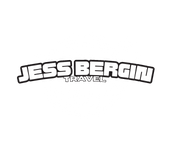
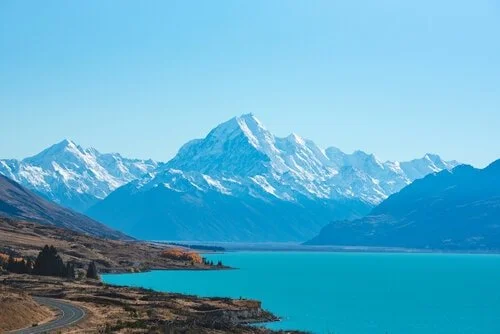
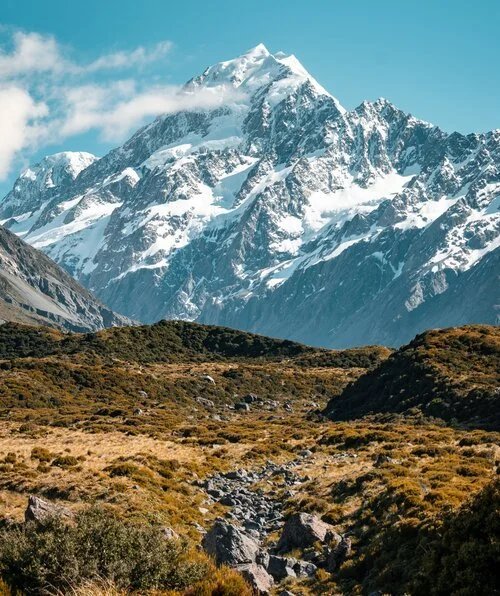
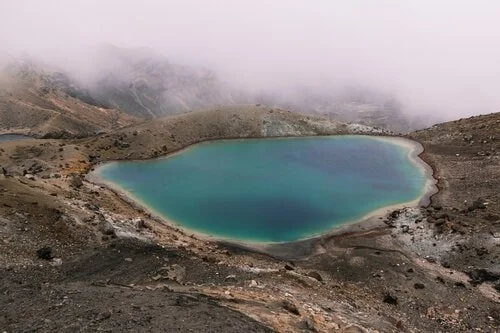
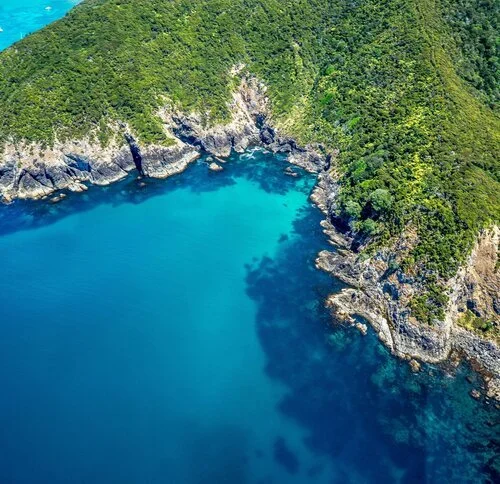


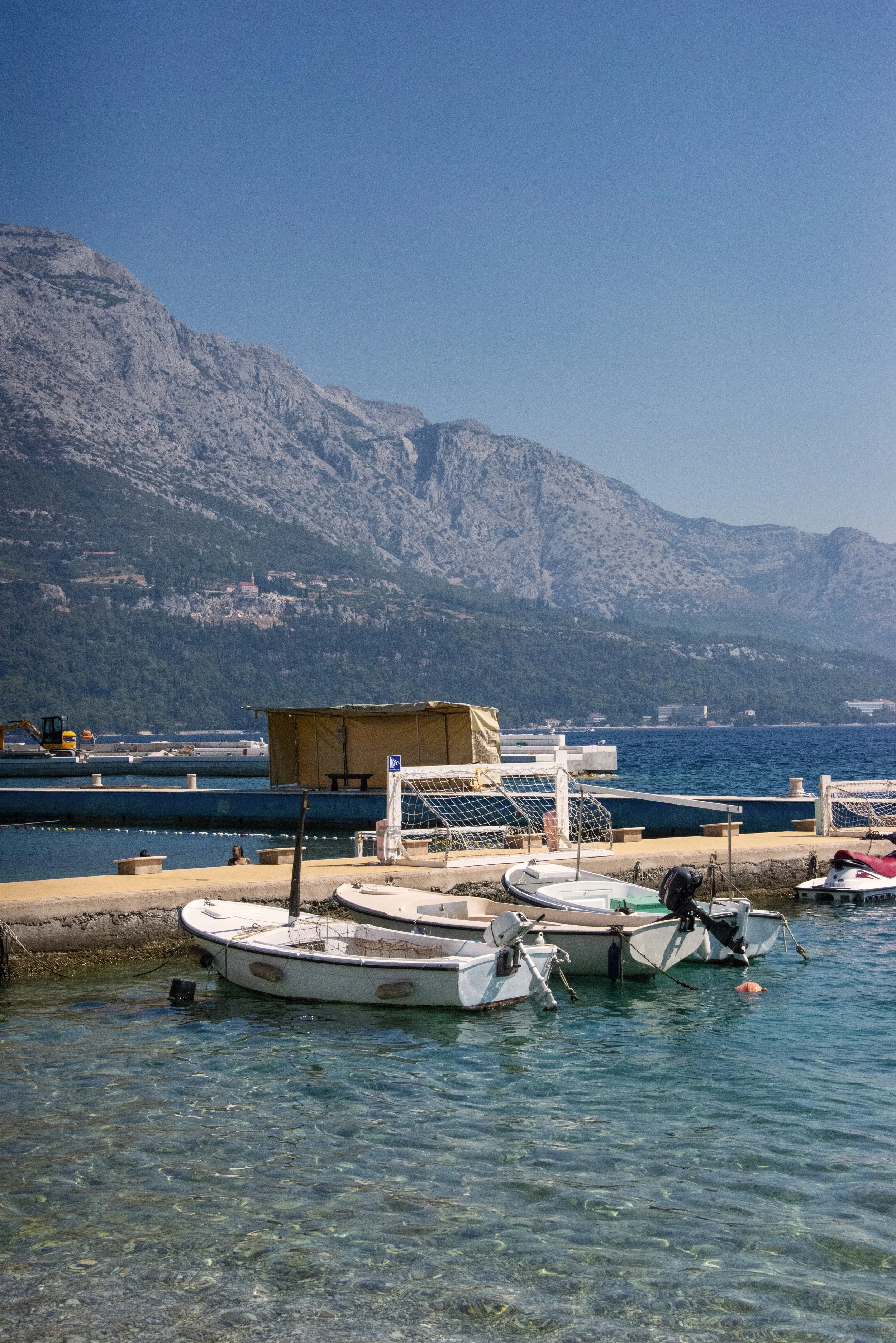
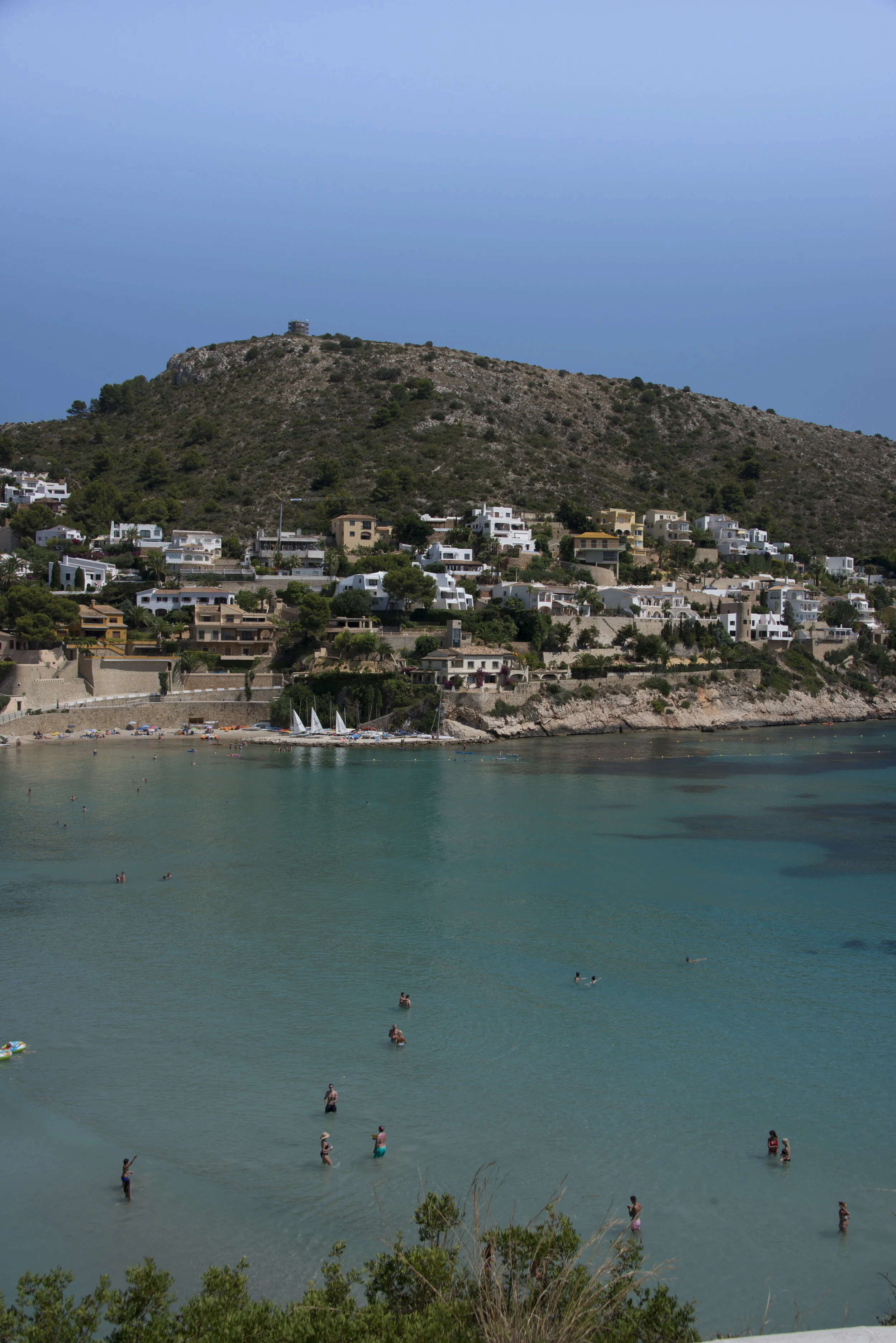







Situated at the foothills of the Sierra Nevada mountain range, this city boasts something for adventure, architecture and nature lovers alike. From the ancient Alhambra Complex to the saline white streets of Albacín, this Spanish city is steeped deep in charm. If you’re wondering how to plan a trip to Granada, look no further!